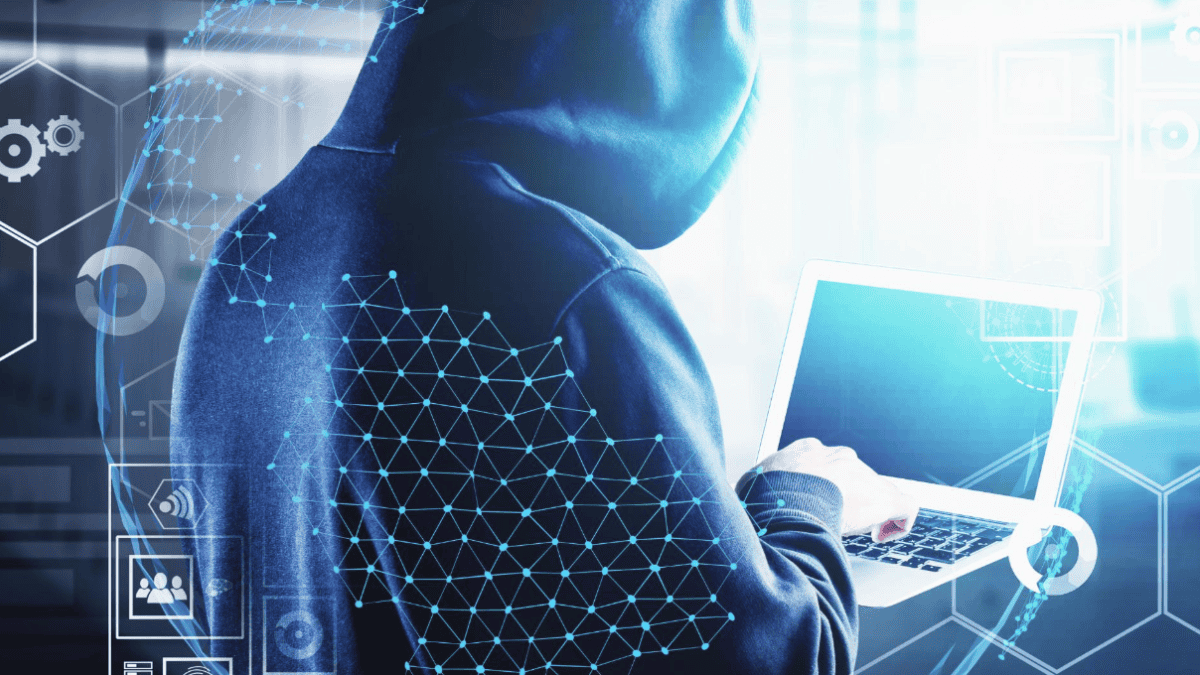Insider threats refer to security risks that originate from within an organization. These threats can arise from employees, contractors, or business partners who have inside information concerning the organization's security practices, data, and computer systems. Understanding the nature of these threats is crucial for organizations aiming to protect their sensitive information. A strong cybersecurity strategy helps mitigate these risks by implementing strict access controls, monitoring user activity, and ensuring regular security training.
Internal security risks fall into three primary categories: malicious insiders, negligent insiders, and compromised insiders. Each type poses unique challenges and requires different strategies for detection and prevention.
Types of Insider Threats
Understanding the different types of insider threats is crucial for organizations aiming to protect their sensitive information. There are three primary types of insider threats, each posing unique risks: malicious insiders, negligent insiders, and compromised insiders.
Malicious Insiders
Malicious insiders are individuals who intentionally cause harm to an organization. This can include employees, contractors, or business partners who exploit their access to sensitive data for personal gain or to damage the organization. Their actions may involve stealing confidential information, sabotaging systems, or leaking sensitive data to competitors.
Negligent Insiders
Negligent insiders are individuals who inadvertently compromise security due to carelessness or lack of awareness. These insiders may not have malicious intent but can still pose significant risks through actions such as failing to follow security protocols, using weak passwords, or falling victim to phishing attacks. Their negligence can lead to data breaches or unauthorized access to sensitive information.
Compromised Insiders
Compromised insiders are individuals whose accounts or credentials have been taken over by external attackers. This can occur through various means, such as phishing attacks, malware, or social engineering. Once compromised, these insiders may unknowingly facilitate unauthorized access to sensitive data or systems, making it essential for organizations to monitor for unusual activity.
Recognizing these types of insider threats, organizations can better prepare their defenses and implement strategies to mitigate risks associated with the biggest insider threats in cybersecurity.
Common Insider Threat Scenarios
Insider threats can manifest in various ways, posing significant risks to organizations. Understanding the most common scenarios can help businesses identify and mitigate these threats effectively.

Data Theft
Data theft is one of the most prevalent insider threat scenarios. This occurs when an employee intentionally steals sensitive information for personal gain or to harm the organization. This can include customer data, intellectual property, or confidential business strategies.
Sabotage
Sabotage involves an insider deliberately damaging or disrupting an organization's operations. This can take many forms, such as deleting critical files, introducing malware, or manipulating systems to cause failures. Sabotage can stem from personal grievances or a desire to harm the organization.
Unauthorized Access
Unauthorized access occurs when an insider gains access to systems or data they are not permitted to view or manipulate. This can happen through various means, such as exploiting weak access controls or using stolen credentials. This scenario can lead to data breaches and significant security incidents.
Recognizing these common insider threat scenarios is essential for SMEs to develop effective strategies for prevention and response. By understanding the risks associated with data theft, sabotage, and unauthorized access, organizations can better protect their assets and maintain a secure environment.
Detecting Insider Threats
Identifying insider threats is crucial for maintaining cybersecurity within an organization. Various methods can be employed to detect these threats effectively. This section discusses behavioral analytics, monitoring tools, and access controls.
Behavioral Analytics
Behavioral analytics involves analyzing user behavior to identify anomalies that may indicate potential insider threats. By establishing a baseline of normal activities, organizations can detect deviations that may suggest malicious or negligent actions.
Monitoring Tools
Monitoring tools are essential for tracking user activities and system performance. These tools can provide real-time alerts and reports on suspicious actions, helping organizations respond quickly to potential threats.
Access Controls
Implementing strict access controls is vital for minimizing insider threats. By limiting access to sensitive information based on user roles, organizations can reduce the risk of unauthorized actions.
Utilizing behavioral analytics, monitoring tools, and access controls, organizations can effectively detect and mitigate the biggest insider threats in cybersecurity. These strategies help create a safer environment for sensitive data and critical systems.
Preventing Insider Threats
Preventing insider threats is crucial for maintaining the security of an organization. By implementing effective strategies, businesses can mitigate the risks associated with the biggest insider threats in cybersecurity.
Employee Training
Regular training sessions for employees are essential in raising awareness about insider threats. Training should cover topics such as recognizing suspicious behavior, understanding company policies, and the importance of data protection.
Strict Access Policies
Implementing strict access policies helps limit the information available to employees based on their roles. This concept of least privilege guarantees that individuals can only access the information essential to their specific job responsibilities.
Regular Security Audits
Conducting regular security audits is vital for identifying vulnerabilities within the organization. These audits should assess access controls, employee compliance with security policies, and the effectiveness of existing security measures.
Focusing on employee training, strict access policies, and regular security audits, organizations can significantly reduce the risk of insider threats and enhance their overall cybersecurity posture.
Responding to Insider Threats
Addressing insider threats requires a structured approach to ensure that organizations can effectively manage and mitigate risks. This section outlines the essential components of responding to these threats, including the development of an incident response plan, investigation procedures, and legal and HR considerations.

Incident Response Plan
An incident response plan is a critical framework that outlines the steps an organization should take when an insider threat is detected. This plan should include the following key elements:
| Element | Description |
| Identification | Procedures for recognizing potential insider threats. |
| Containment | Steps to limit the impact of the threat on systems and data. |
| Eradication | Methods for removing the threat from the environment. |
| Recovery | Processes for restoring systems and data to normal operations. |
| Lessons Learned | Review and analysis of the incident to improve future responses. |
Having a well-defined incident response plan helps organizations respond quickly and effectively, minimizing damage and ensuring a swift recovery.
Investigation Procedures
Once an insider threat is suspected, a thorough investigation is necessary to determine the extent of the threat and gather evidence. The investigation procedures should include:
| Procedure | Description |
| Data Collection | Gathering relevant logs, emails, and other digital evidence. |
| Interviews | Conducting interviews with involved parties to gather information. |
| Analysis | Analyzing collected data to identify patterns and confirm the threat. |
| Documentation | Keeping detailed records of the investigation process and findings. |
These procedures help ensure that the investigation is comprehensive and that any actions taken are based on solid evidence.
Legal and HR Considerations
Addressing insider threats also involves navigating legal and human resources (HR) considerations. Organizations should be aware of the following aspects:
| Consideration | Description |
| Privacy Laws | Understanding employee privacy rights and applicable laws. |
| Employment Policies | Reviewing company policies regarding employee conduct and disciplinary actions. |
| Reporting Obligations | Knowing when and how to report incidents to authorities if necessary. |
| Support for Affected Employees | Providing support for employees who may be impacted by the incident. |
Smarter IT Solutions Start with LK Tech
Considering these legal and HR factors, organizations can ensure that their response to insider threats is compliant and fair while also protecting the rights of all employees involved. A strong cybersecurity strategy requires not only advanced technology but also expert guidance to identify and mitigate risks from within.
At LK Tech, we provide top-notch IT support tailored to your unique needs, helping businesses strengthen their defenses and safeguard sensitive data. If you're looking for reliable IT services in Cincinnati, our team is ready to assist with cutting-edge solutions and proactive security measures. Contact us today to learn how we can help protect your organization.


